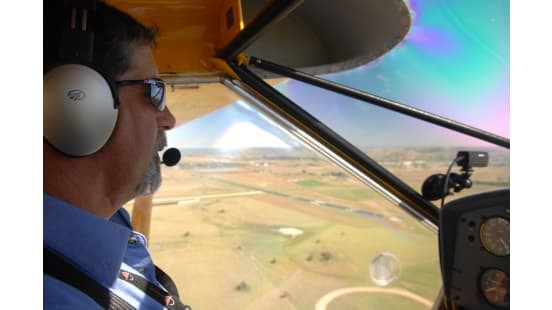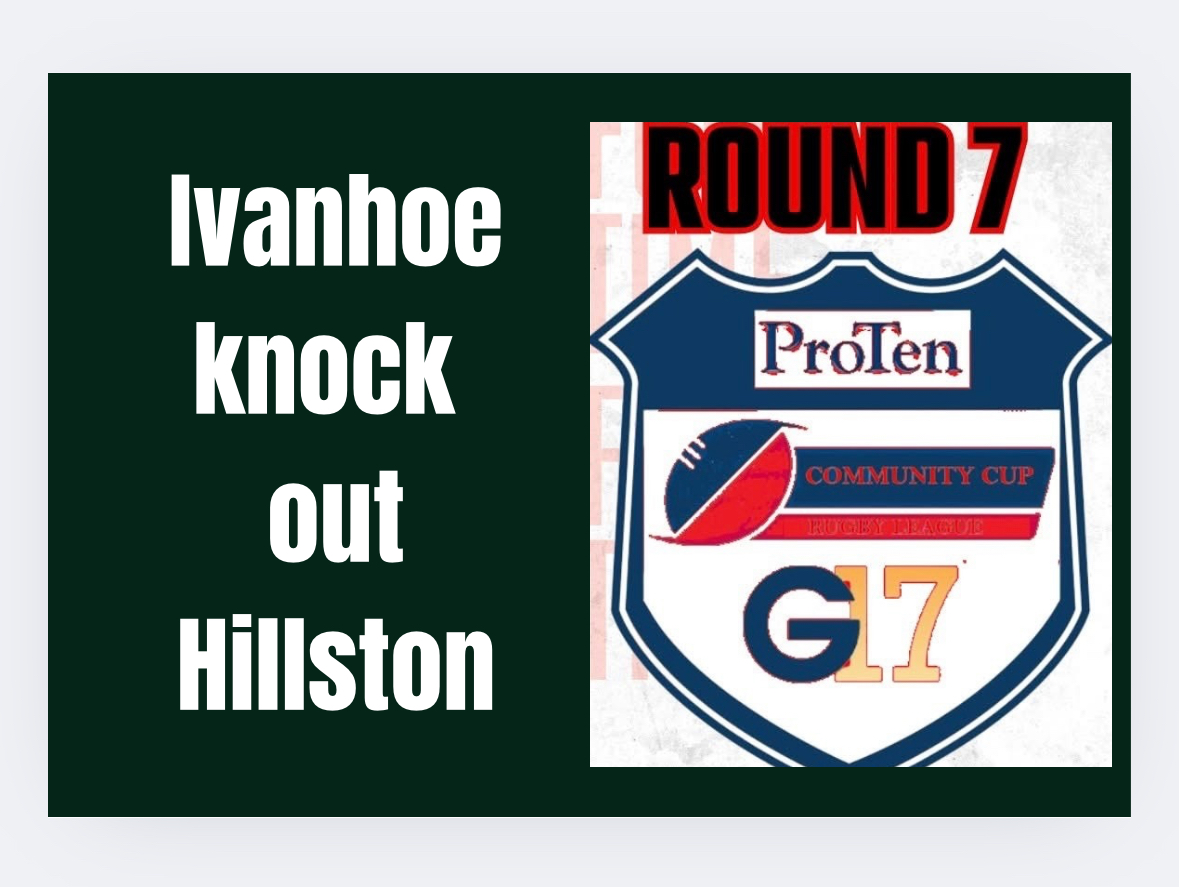Duxton Vineyards Is Growing More Than Grapes – It’s Growing Hope for an Endangered Aussie Parrot
Contributor
15 July 2025, 11:00 PM

In the red gums of the Murray River, the Regent Parrot – a striking yellow and blue-black bird – is fighting for survival.
The challenges this endangered species face are many: habitat fragmentation, food scarcity, and the creeping loss of the mallee shrubland they depend on for foraging. Thanks to a collaborative partnership between conservationists, researchers, and a forward-thinking vineyard, hope is on the horizon for the Regent Parrot.
In the heart of Australia's Murray Darling wine country, Duxton Vineyards is playing host to more than just vines this year. The NSW Government's Saving our Species (SoS) program has placed the Regent Parrot at the heart of a long-term effort to ensure the species survival in the wild for the next century. Duxton Vineyards is no stranger to regenerative farming practices, and with the vineyard chosen as a key site for nest surveys and chick monitoring this year, they're keeping true to their brand mission of giving back to the land.
Regent Parrots breed in the hollows of ancient river red gums along the Murray, while foraging in mallee ecosystems, which are low-growing and often cleared for agriculture. During breeding season, male parrots are tasked with a gruelling schedule: multiple flights daily between nesting sites and distant foraging grounds to feed incubating females and, later, their chicks. The farther the mallee is from the nesting site, the lower the breeding success. This reaches virtually zero if the distance between mallee and red gum nesting sites exceeds 20 kilometres.
Unfortunately, decades of land clearing have left little of the mallee near these breeding trees. To make matters worse, many of the remaining red gum habitats were commercially logged, further reducing available nesting hollows. The consequences are evident: dwindling nesting colonies and alarmingly low chick survival rates.
In response, SoS has launched the first comprehensive survey of potential regent parrot nesting areas across New South Wales. Starting in the western fringe of the species' range near Gol Gol, the project has already identified 200 active nests. In collaboration with the Australian National University's Difficult Bird Research Group, a pilot monitoring program revealed a stark reality – many chicks are not surviving due to malnutrition and starvation. While dry conditions last year likely contributed, the results spotlight the critical need to restore foraging habitat near nesting sites.
This is where innovation and ecological stewardship come together through partnerships with landholders like Duxton Vineyards - a large scale, vertically integrated wine enterprise based in the Sunraysia region. Located in the heart of Regent Parrot territory, Duxton's Euston vineyard borders the Peacock Creek colony, one of the largest known regent parrot breeding groups. Recognising the need for immediate action, Duxton Vineyards worked with conservationists to revegetate 23 hectares of land less than 5 kilometres from the colony with native mallee species through direct seeding and tube stock planting.
This effort will continue throughout the rest of the year, with supplementary planting to further enhance the quality and connectivity of foraging habitat. The benefits of such revegetation are twofold: they provide nearby feeding grounds for breeding males and create a more resilient landscape that can support future generations of parrots.
The Peacock Creek colony will also be a focal point of this year's monitoring activities. If chick survival rates improve in areas where revegetation has taken place, it will validate the approach and offer a model for similar partnerships across the state.
This collaboration between science, government, and agriculture is exactly the kind of integrated action we need in the face of biodiversity loss. It's a reminder that saving species like the Regent Parrot isn't just the responsibility of conservationists – it's a shared challenge that can be met through innovation, evidence-based strategies, and the willingness of industries like viticulture to think beyond their own fences.
The Regent Parrot holds vital ecological significance, not only as a threatened species but as a symbol of the health of Australia's riverine and mallee landscapes. While the Regent Parrot population may be fragile, it is not lost. With continued investment in habitat restoration, research, and partnerships like the one unfolding at Duxton Vineyards, this vibrant bird not only survive but thrive in the wild for generations to come.
References:
¹ Harper M.J., (2020) Maximising Water Delivery for Regent Parrot Outcomes – Water for the Environment Program. Prepared by the South Australian Regent Parrot Recovery Team for the Commonwealth Environmental Water Office, Australian Department of Department of Agriculture, Water and the Environment. https://www.dcceew.gov.au/sites/default/files/documents/maximising-water-delivery-regent-parrot-outcomes.pdf
² Baker-Gabb, D. and Hurley, V.G., (2011), National Recovery Plan for the Regent Parrot (eastern subspecies) Polytelis anthopeplus monarchoides. Department of Sustainability and Environment, Melbourne. https://www.agriculture.gov.au/sites/default/files/documents/regent-parrot.pdf
Publication Details: Level 3, 128-130 Rothschild Avenue, Rosebery, NSW 2018 dialoguepr.com.au
NEWS
SPORT
RURAL







